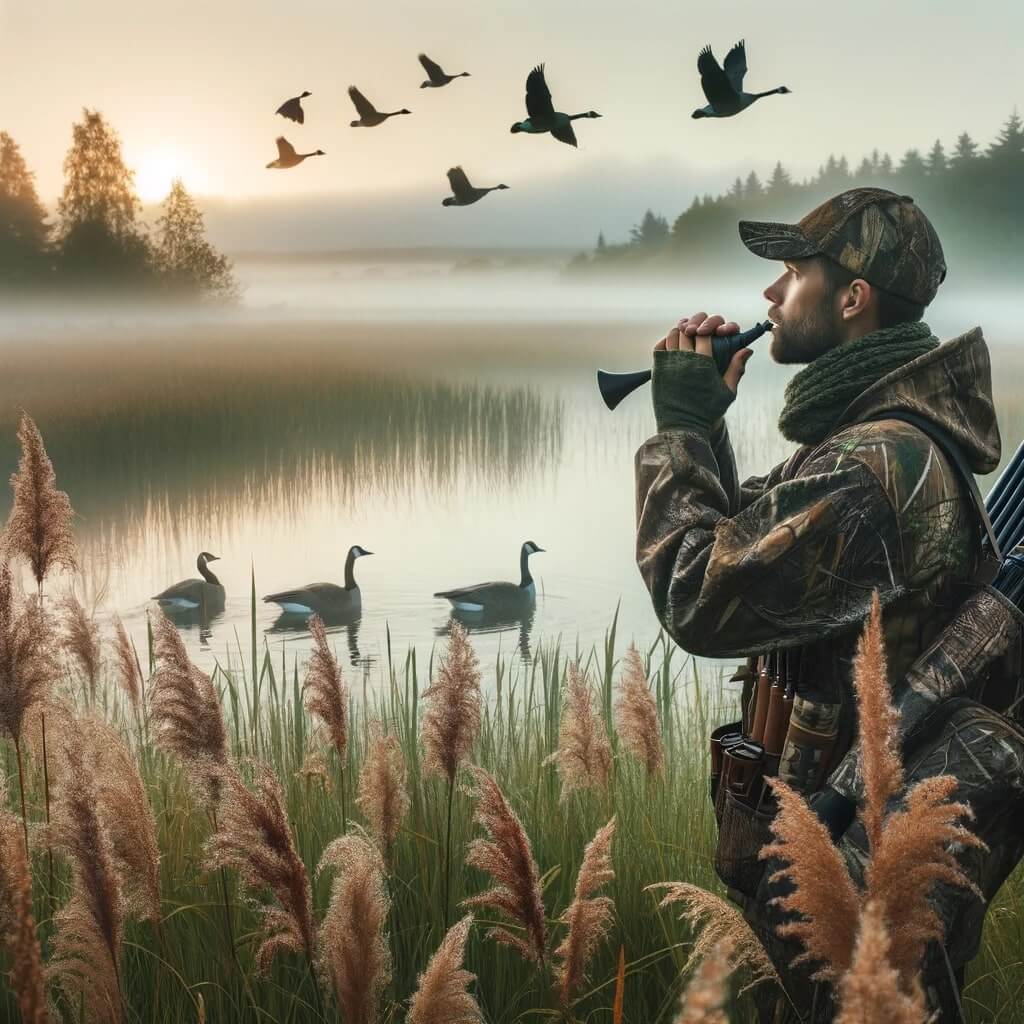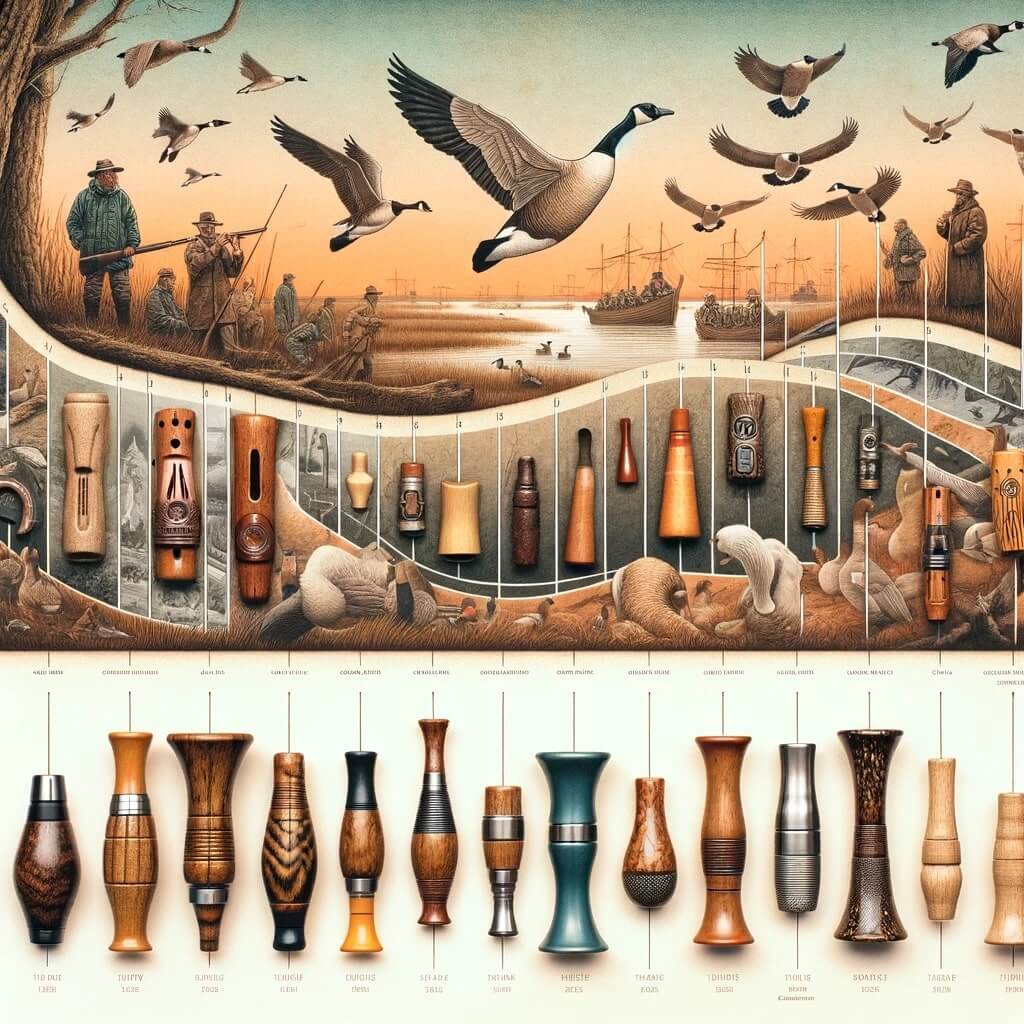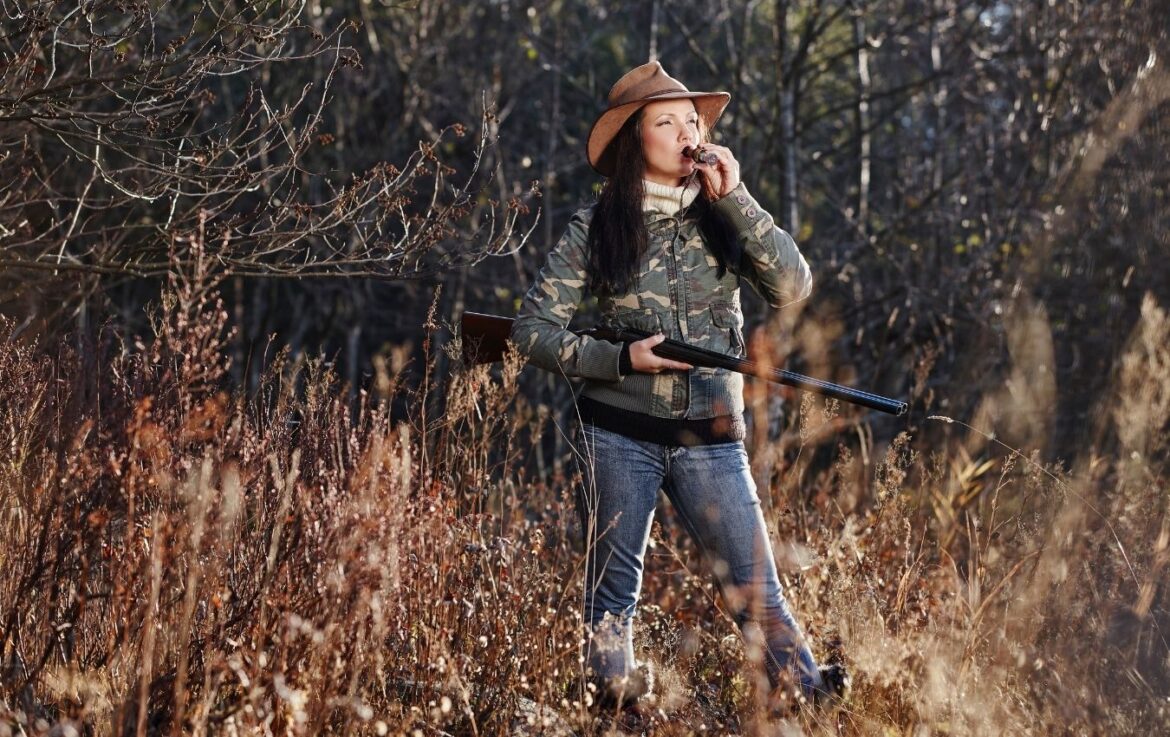Table of Contents
Hey there, waterfowl enthusiasts! If you’ve ever dreamt of captivating a flock of Canada geese with just the power of your call, you’ve come to the right place. Blowing a goose call is an essential skill for any aspiring goose hunter, but let’s face it, it’s a bit like learning an alien language – complex, sometimes frustrating, and it might just turn your neighbours into sworn enemies.
But fear not! I’m here to help you crack the code so you can chat up those geese like old friends at a high school reunion. So pull on your camo, grab your gear and let’s dive into the art of goose calling!
Getting Started With Goose Calling

Starting off in the world of goose calling can be as bewildering as trying to decipher Morse code with earplugs in. Securing the right tools for this endeavor is key, and in this case, I’m not talking about your trusty ammo or that lucky duck decoy – I’m talking about the venerable goose call. First things first, let’s talk gear.
Short Reed Goose Call
For the uninitiated, the short reed goose call is like the entry-level job of goose calls – it’s where most of us cut our teeth. It’s relatively user-friendly, and with a bit of practice, you won’t sound like a goose with a sore throat. If you’re more tech-savvy than the average hunter, you might want to try out those goose-calling apps on your smartphone. But nothing beats the real deal, trust me.
Practice and Perfection
I know, practicing goose calls is as enjoyable as listening to nails on a chalkboard, but without it, you’re about as useful as a deerstalker hat at a duck hunt. So carve out a space where you’ll annoy fewer people and get down to it. If your calls startle the local cats – you’re on the right track.
And speaking of practice, you’ll want to make nice with your goose call. You see, it’s not just about huffing and puffing into the call. Nope, it’s an intricate puzzle of hand placement, mouth posture, and tongue technique. All these elements combine to make that magical sound that will have geese cupping their wings.
Step 1: The Right Hand-Placement
Hand placement is not just for show; creating a back pressure is a crucial component of controlling the sound your goose call makes. Think about it like this: your hands can act as a kind of organic sound mixer. Imagine the call is a wind instrument because, in truth, it operates on the same principle.
Here’s what you need to do:
- Fold your hands around the base of the call.
- Create a tight enough seal to control the flow of air but leave some room for manipulation.
- Your hands will direct the sound, helping to mimic the natural fluctuations in volume and tone of real goose communication.
Like a jazz musician manipulating a trumpet’s bell with a plunger mute, your hand movements can create vibrato, staccato, or legato notes, changing the atmosphere of your goosey dialogue.
Step 2: The Right Mouth-Placement
Mouth placement dictates air control – a pivotal factor in the authenticity of the produced sound.
Consider these tips:
- Rest the call gently between your lips, not too deep—no need for dental impressions.
- Your lips create a firm but flexible seal; too tight, and you strangle the sound, too loose, and it’s like trying to sip a drink during an earthquake.
- Think of the call as the mouthpiece of a saxophone. Use the tension of your lips to regulate the air pressure.
Achieving the right tongue placement is also important:
- The tip of the tongue helps to articulate quick notes like the cluck.
- The middle of the tongue can elevate to cut off airflow briefly, giving that break over needed for the honk.
- Near the front teeth, your tongue can control the softer moans and murmurs.
Step 3: Geese Sounds and More
The nuances in goose language are vast, but let’s focus on the essentials. These are the bedrock sounds you should have in your arsenal:
The Cluck:
Quick, punchy, and to the point, the cluck is the goose equivalent of a friendly nod. To do it:
- Say “GWIT” fast but with a controlled pace, allowing each “T” to resonate with a soft punch from the call.
- As real geese seldom cluck incessantly at the same volume, vary the intensity and frequency – it’s a conversation, not a monologue.
The Double Cluck:
This is the conversational do-si-do, a one-two punch of geese gab.
- For the first cluck, keep hands open and for the second, bring them closer.
- This isn’t just a speed game; it’s rhythmic: “GWIT-gwit”, “GWIT-gwit.”
- The tempo changes, and so does the spacing of your hands, creating a dialogue that says, “Hey, down here! Everything’s A-OK!”
The Lay-Down Call:
This is the red carpet call, reserved for geese on the final descent. To master it:
- Say “GRRR-GRRR-GRRR” with a rolling ‘R’ while keeping your voice low and insistent.
- The growls are a series, like a rolling drumbeat, that beckons geese to settle.
- Sprinkle in a few soft clucks like fairy dust, just to seal the deal.
Step 4: The Language of Calls
It’s not just about the notes you hit but knowing when to hit them. Reading the body language and response of the geese is part art, part science.
- Watch the flock’s movements. If they react favorably to a call sequence, note it and use it again.
- If the geese seem spooked or indifferent, it could be time to switch tactics—different calls for different scenarios.
- If birds are coming in nicely, refrain from overcalling; let the decoy spread do the rest of the talking.
Goose Call Tips:
- Always begin with the basics. Fancy flourishes come later after you’ve nailed the foundational sounds.
- It’s practical to carry two different types of calls for versatility—one for softer, more subtle calling and another for louder, attention-grabbing sounds.
- Spacing out your decoys encourages geese to approach with confidence. Think of it as creating an open invitation to a safe and hospitable landing zone.
- When you’re mid-call, maintain your camouflage. Any direct eye contact or sudden movements can send your airborne audience flapping away to safer pastures.
History Of Goose Calls

Before we fine-tune our goose-calling techniques, let’s take a quick waddle down memory lane. The history of the goose call is as fascinating as a seasoned hunter’s tall tales. While we can’t pin down the Edison of goose calls, we do know who put a ring on it – and by ring, I mean patent.
In the year 1885, a sharp fellow by the name of David Fuller from Chicago, Illinois, decided his hunting escapades could benefit from a little less stealth and a little more conversation. Sure enough, he snagged a patent for a contraption that would make both geese and elusive cranes think “party at David’s place!” These initial calls were like the spats and bowler hats of the hunting world – all brass, nickel, and fine boxwood.
Imagine this – these nifty artifacts could be yours via mail-order catalog, probably nestled between corsets and miracle hair tonics. Now that’s an antique I’d love to display on my mantelpiece!
Fast forward over a century, and we’ve got calls that are less “brass band” and more “symphony orchestra”. Modern goose calls are engineered to mimic every nuance of the Canada goose’s vernacular – with models specifically designed for volume, depth, and pitch control. Today, a hunter with a finely crafted call is like a linguist fluent in honks and clucks.
Today, whether it’s a reed call or one needing a little diaphragm finesse, calls are engineered with such precision that you can match different pitches like you’re tuning an instrument. The lanyard around your neck, bedecked with calls, is a badge of a true call artisan.
Final Words
So there you have it, a beginner crash course in blowing a goose call without scaring the feathers off your potential feathery friends. It’s a bit like learning to juggle while standing on a unicycle – it takes time, patience, and a good sense of humor.
Waterfowl hunting can be an exhilarating experience, but if you’re aiming to bag some Canada goose, you’ll need more than ammo and camouflage. You’ll need a symphony of calls, a dance of decoys, and a touch of theatrics. As a waterfowl hunter, your secret weapon is not just your skill with a shotgun but also your ability to become a first-rate goose caller.
Now it’s your turn. Go out, find a peaceful spot, and serenade the skies. And when those geese start circling like you’re the pied piper, you’ll know all the awkward honking was worth it. Happy hunting!

